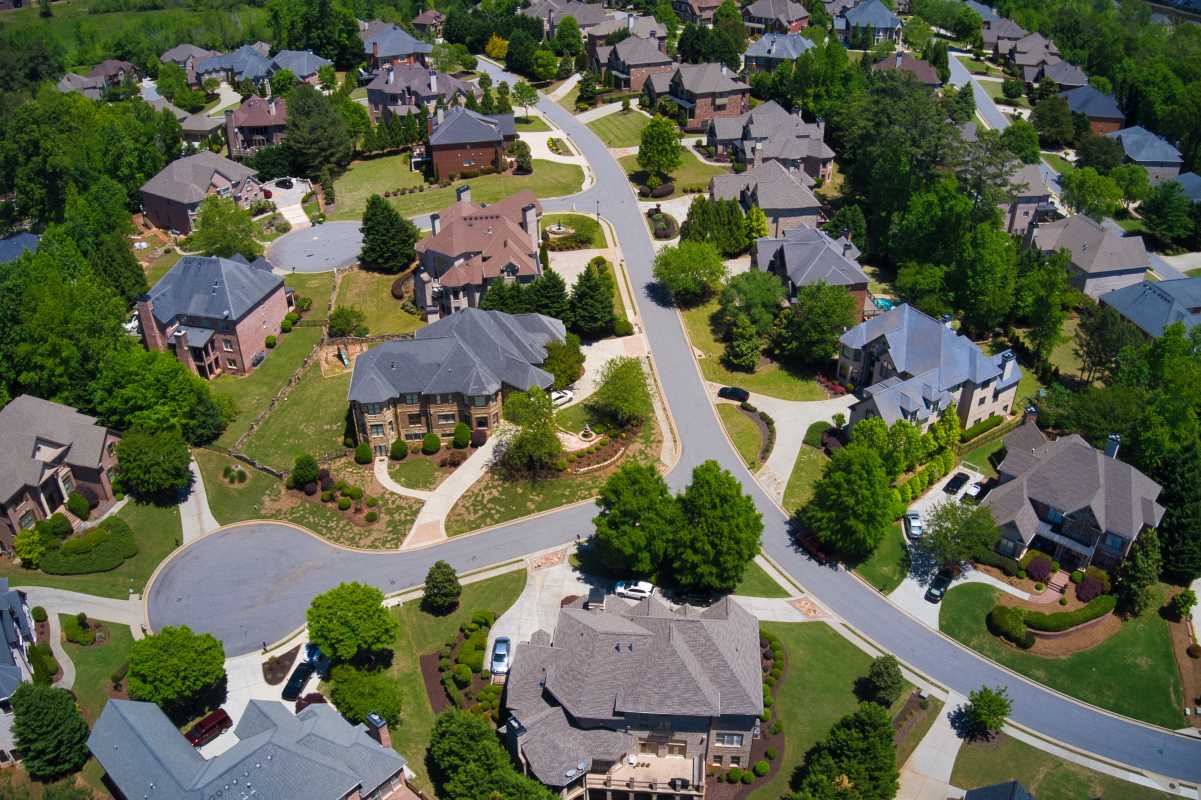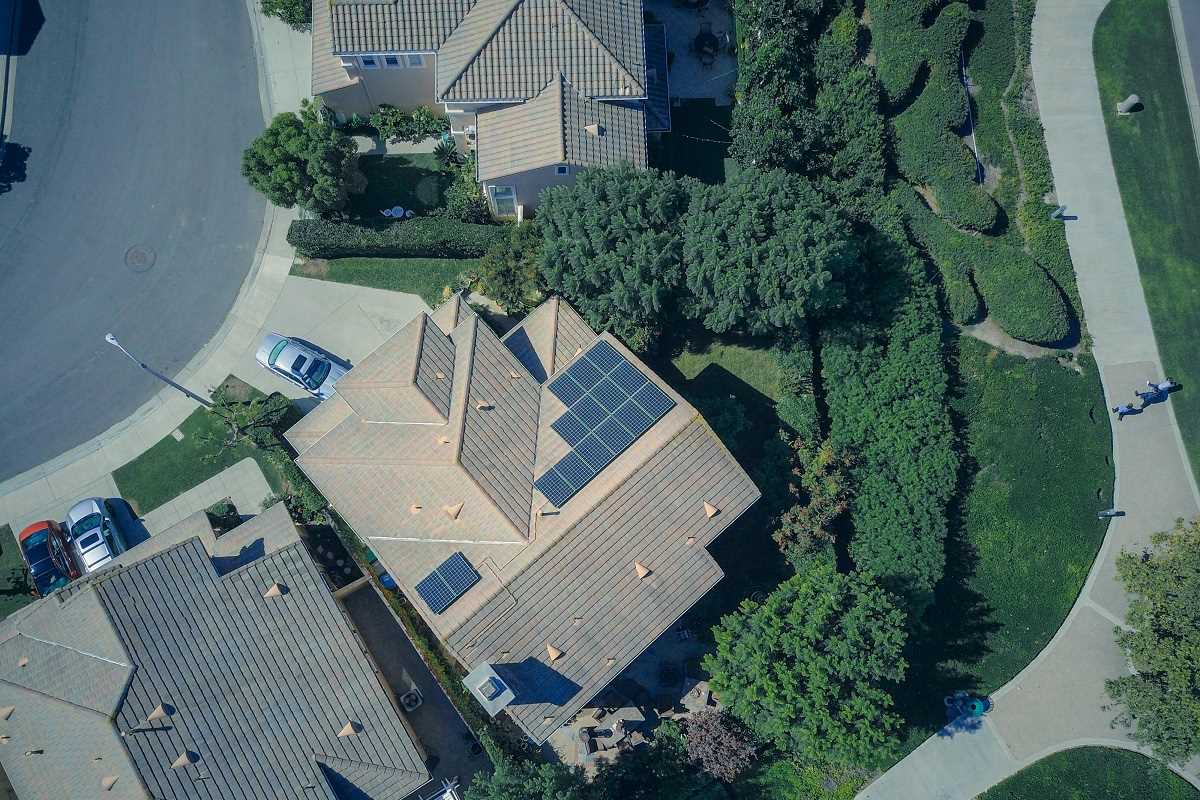Laughter and conversation echo across the open lot while neighbors gather with gardening tools and folding chairs, ready to lend a hand. On the surface, the group appears to be planting marigolds and chatting in the sun, but each shared glance or borrowed shovel deepens connections that reach beyond their gardens. Each friendly gesture and team effort weaves new threads into the community’s fabric, building relationships that last long after the work is done. As we look closer at these everyday moments, small acts reveal their power to spark a true sense of care and connection among everyone involved.
Forces that Bind Neighbors
- Mutual Trust: When people come together to repaint a faded fence, they exchange more than brushes—they trade goodwill. This exchange cements informal agreements to watch over each other’s pets or accept spare mail, weaving a safety net based on goodwill rather than rules.
- Shared Stories: As participants share tales about past garden seasons or childhood block parties, they weave a living tapestry. That shared history becomes a handshake with the future, making every new member feel part of a continuing family.
- Circulating Resources: Tools, seedlings, or even a spare ladder begin to circulate whenever people pool supplies. This fluid exchange saves money and cuts waste, while also strengthening social bonds as borrowers become givers in turn.
- Welcoming Invitations: Simple gestures—posting flyers at coffee shops or inviting new apartments to join a cleanup—create a sense of open doors. When anyone feels welcome to pitch in, the pool of ideas becomes more colorful, and solutions feel rooted in everyone’s perspective.
- Shared Responsibility: Projects like painting a mural on a community wall foster a sense of group ownership. Each painter feels responsible for preserving that work, so vandalism or neglect becomes a community concern rather than an abstract threat.
Observing how vibrant neighborhoods develop shows that these forces operate under the surface—aligning people’s intentions into something larger than any individual effort. The focus shifts from solo action to a collective rhythm that pulses with shared pride.
Active Neighborhood Collaboration
- Organize a Skill Exchange Circle
- Gather everyone who can teach and learn—carpentry basics, container gardening, simple plumbing. Invite participants to list talents on a central board. Schedule sessions at different homes or local parks. Promote these events through flyers and social media groups. Rotate facilitators so expertise spreads evenly, and encourage learners to become teachers in turn.
- Host a Pop-Up Repair Café
- Find a local meeting hall or garage willing to donate space. Recruit volunteer fixers—electronics, sewing, bicycles—and advertise free repair slots. Ask attendees to bring broken items along with spare parts if possible. Offer simple refreshments to spark casual conversations while mending gadgets and clothes.
- Map Unused Spaces for Micro-Projects
- Walk block by block, photograph alleys, planters, or wall segments needing attention. Mark GPS locations on a shared online map. Invite artists or gardeners to claim a spot and suggest small improvements. Share progress updates at monthly get-togethers to build enthusiasm and celebrate small wins.
Practical Steps to Shape Shared Spaces
- Community Garden Plot Rotation
- Purpose: Maximize soil health and neighbor involvement.
- Steps:
- Divide the entire garden area into equal plots.
- Assign each household or volunteer group to one plot per season.
- At season’s end, rotate assignments clockwise so new teams face fresh soil.
- Cost/Metric: Seeds and compost typically under $50 per plot per season.
- Insider Tip: Label plot corners with weatherproof tags and include a QR code linking to a shared online journal for updates and troubleshooting.
- Neighborhood Tool Library
- Purpose: Reduce individual expenses and encourage skill-sharing.
- Steps:
- Collect lightly used tools via donation or small purchase.
- Catalog each item with a unique ID and condition note.
- Store tools in a secure, accessible location like a community center closet.
- Create a simple sign-out sheet or digital booking system.
- Cost/Metric: Startup under $200; ongoing maintenance covered by an optional membership fee of $10/year.
- Insider Tip: Host quarterly open-house repairs to inspect tools together and teach basic maintenance tricks like blade sharpening or hinge lubrication.
- Neighborhood-Wide Chalk Map
- Purpose: Foster playful orientation to local landmarks.
- Steps:
- Acquire washable sidewalk chalk in multiple colors.
- Invite families to sketch routes to schools, parks, or favorite cafes.
- Assign color codes for different categories—green for green spaces, blue for water features, orange for community hubs.
- Photograph and archive each chalk map entry for social channels.
- Cost/Metric: Chalk set under $15; online documentation free via common platforms.
- Insider Tip: Time mapping sessions during golden hour for best lighting and encourage tag-alongs to learn hidden shortcuts.
- Block-by-Block Story Panels
- Purpose: Nurture local identity via personal anecdotes.
- Steps:
- Erect temporary wooden frames along sidewalks.
- Distribute index cards for people to write brief memories—first bike ride, favorite tree, neighborhood festival highlight.
- Share panels at a monthly “memory stroll” where each walker reads stories aloud.
- Preserve prominent entries in a digital scrapbook.
- Cost/Metric: Framing supplies under $100 per block; printing free if using donated scrap plywood.
- Insider Tip: Provide waterproof pens and encourage doodles or icons to make panels visually inviting.
- Pop-Up Mini-Festival Kit
- Purpose: Celebrate cultural diversity and local talent.
- Steps:
- Assemble portable tables, canopies, and simple sound gear.
- Invite neighbors to offer food samples, performances, craft demonstrations, or story readings.
- Lay out clear pathways for foot traffic and designate a central announcement spot.
- Promote via neighborhood email lists and chalk arrows on sidewalks.
- Cost/Metric: Kit assembled for around $300; crowd-sourced supplies reduce expenses.
- Insider Tip: Include a “pass the mic” moment where anyone can share a two-minute insight—sparking unexpected connections.
Neighbors create vibrant communities by working together. Each shared moment or act of help strengthens their connection.
 (Image via
(Image via


.jpeg)


